
views
- Navigate to the iPhone Software site and select your device and model. Click the older update link (usually at the top of the list).
- Download the file. It will take ~30 minutes. Then, open iTunes and plug your phone into your computer. Click the iPhone icon in iTunes if it doesn't automatically pop up.[1]
- Hold down ⇧ Shift (PC) or ⌥ Option (Mac). Click Restore iPhone. Click your IPSW file > Open > Restore when prompted.
- Your phone will be erased. You can get your info back onto your phone by restoring a backup. However, the backup must not include the later version of iOS.
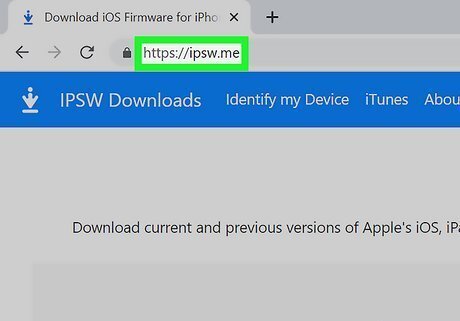
Go to the ipsw.me website. An iPhone Software (IPSW) file requires authorization by Apple to implement; Apple will typically continue providing this authorization for a week after a new software update is released. If you're attempting to downgrade from a future iOS version to iOS 10.3, for example, you'll be able to do so within a week of that software's update.
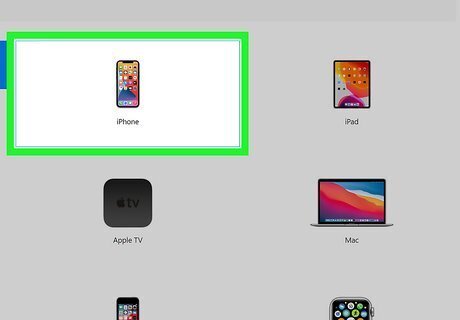
Click your device type. You'll click iPhone, iPad, or iPod on this page.
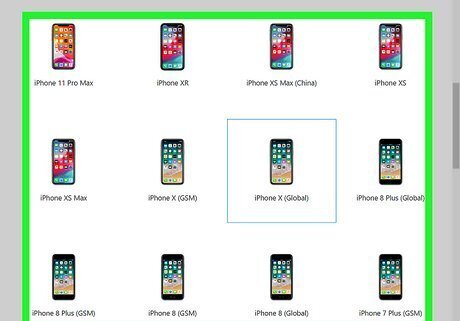
Click your device model. For example, you would click the iPhone 7 (Global) for a Verizon iPhone 7.
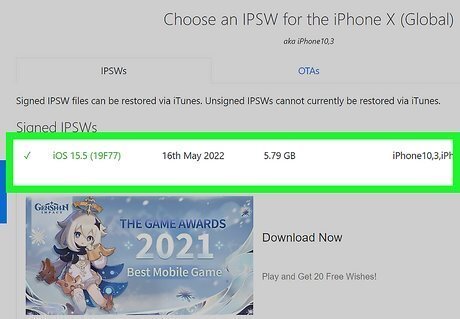
Review the green links at the top of the page. You'll typically see two links here: the current iOS (for example, iOS 10.3) and one iOS update back (e.g., iOS 10.2.1). You'll need to click the iOS version to which you wish to downgrade. Any red links are IPSW files that are no longer being signed by Apple. These files won't work on your iDevice. If you're already running the older version of the two IPSW files listed here, you can't downgrade.
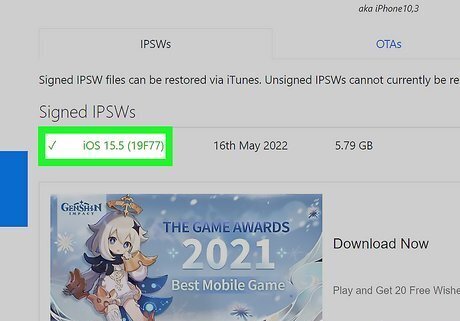
Click the older update. It will usually be below the top link.
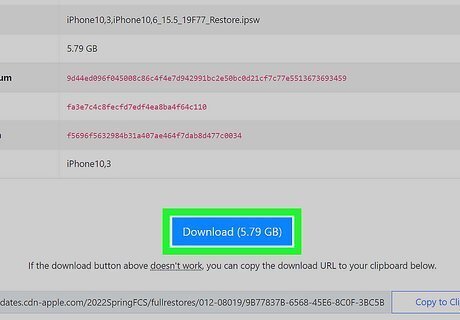
Click Download. It's near the bottom of the page. Doing so will prompt your IPSW file to begin downloading. Depending on your browser, you may first need to select a save location (e.g., your computer's desktop). Your IPSW file will likely take around half an hour to download.
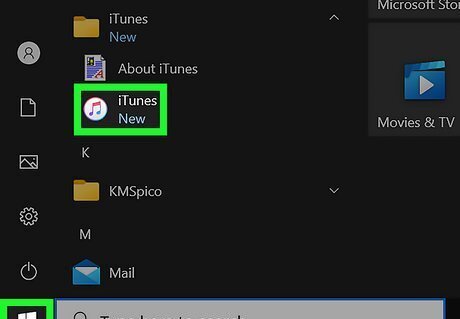
Open iTunes. It's a white app with a multicolored musical note on it. You may be prompted to click Download iTunes if there is an update available. If so, update iTunes and restart your computer before continuing.
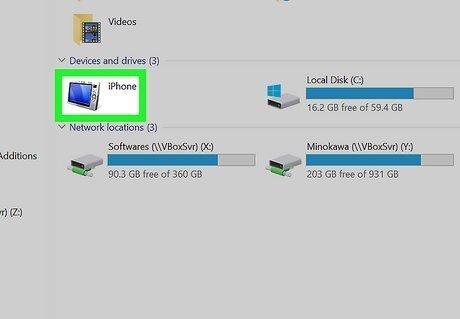
Connect your iPhone to your computer. Do so by plugging the large end of your iPhone's charger into your computer's USB port and the small end of your iPhone's charger cord into your iPhone.
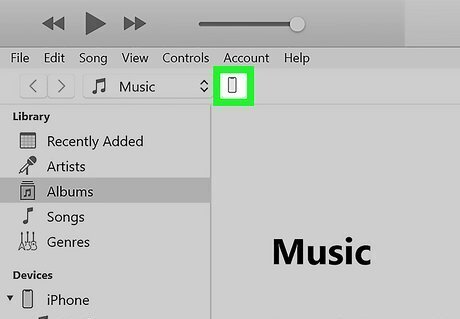
Click the "Device" icon. It's the iPhone-shaped icon above the sidebar on the left side of the iTunes window.

Hold down ⇧ Shift (PC) or ⌥ Option (Mac) and click Restore iPhone. Doing so will bring up a search window wherein you can select your IPSW file. You must first disable the "Find My iPhone" feature if prompted to do so.
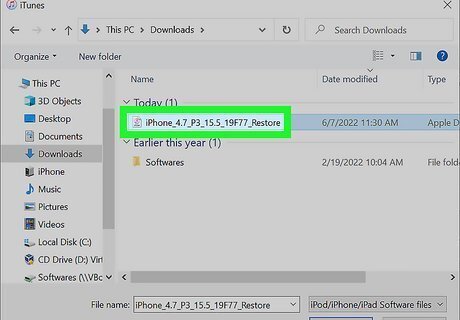
Click your IPSW file. It will be in your computer's default "Downloads" location, and the file itself will have the iTunes logo on it.
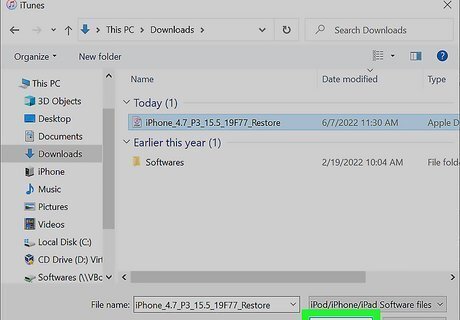
Click Open. It's at the bottom of the window. Doing so will open your IPSW file in iTunes and prompt a pop-up window.

Click Restore when prompted. This will cause iTunes to erase completely your iPhone and reinstall the previous rendition of iOS on it. Once the process is complete, you can restore a previous backup to get your contacts, photos, messages, and so on back. This backup cannot be from the subsequent iOS version, or your downgrade will be lost.















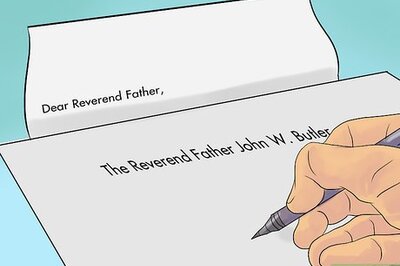

Comments
0 comment